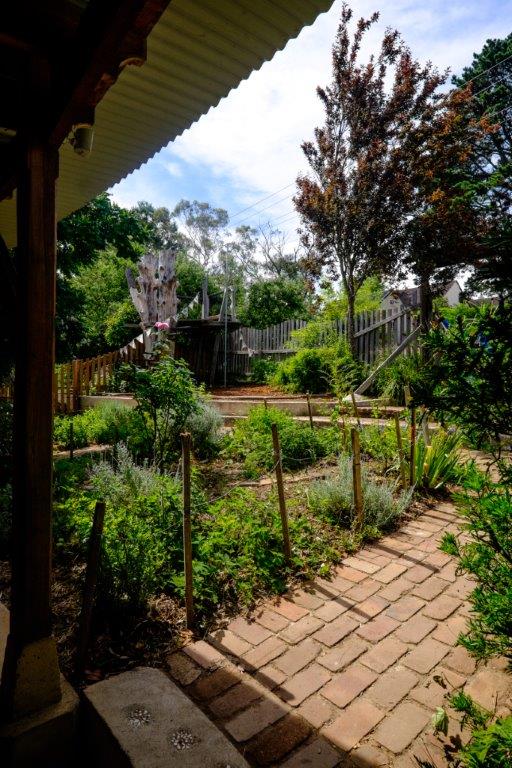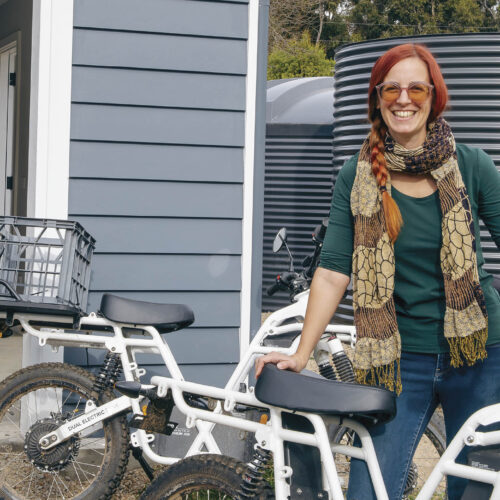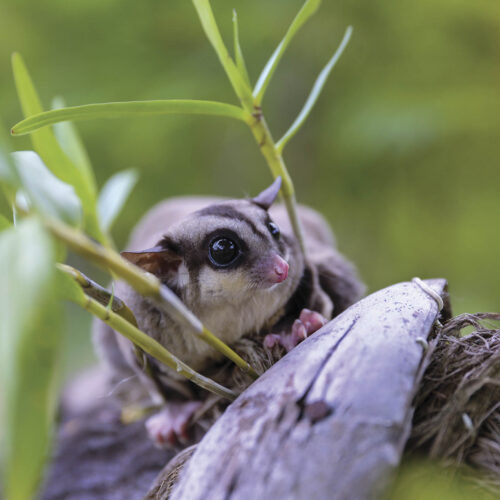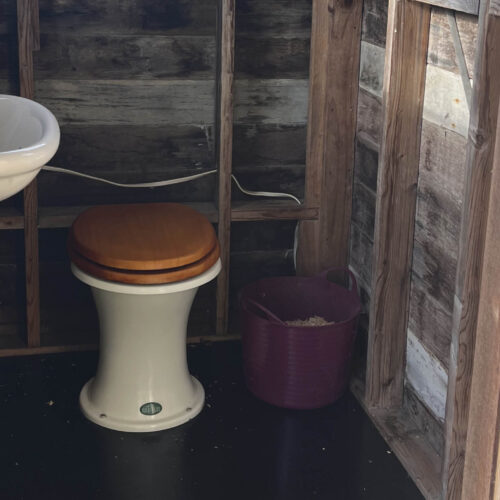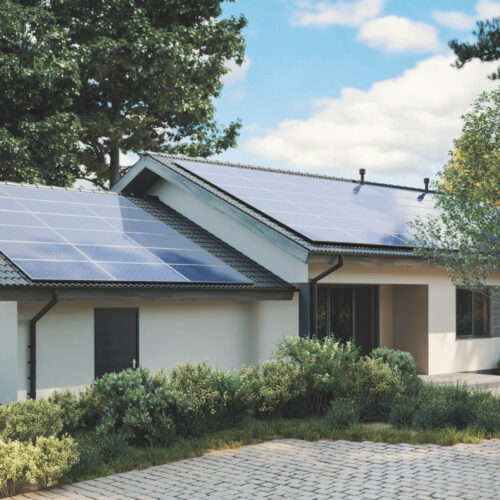Garden of knowledge
2014-12-09T23:35:41+11:00
KYLIE MCGREGOR profiles Kindlehill School and its ever-evolving gardens.
It’s not unusual to find kindergarten kids at Kindlehill School playing inside a pea teepee, picking and eating fresh peas and beans from the living structure. Located in a beautiful semi-rural setting at Wentworth Falls in the NSW Blue Mountains, Kindlehill is a small school of 110 students, from kindergarten to Year 10, which embraces the Rudolph Steiner philosophy for education.
At the centre of that philosophy is an appreciation of the environment and connection with nature and community. As such, the school’s gardens feature prominently in the grounds and include a rooftop kitchen garden, bush tucker garden and medicinal herb garden as well as a dedicated chook pen.
Students can snack as they please from the rambling strawberry patches that line the paths or sample mulberries, peaches, figs and apples from the many fruit trees scattered throughout the school grounds.
Teacher and garden co-ordinator S’haila Bernard says the many garden spaces at the school have been embraced by the students and are constantly evolving and expanding.
“The gardens link really well with our sustainability mandate,” Bernard says. “Learning to grow their own food gives the students a greater connection to nature and the earth. In the process they learn how to feed themselves well and deal with waste – and know that it’s better to have a full compost than a full rubbish bin. They learn how to tread lightly on the earth and live within our means.
“It’s also a great chance for the children to get their hands dirty and learn about the whole growing process – sowing seeds, growing seedlings, planting and weeding, harvesting, then collecting and saving the seeds at the end for the next season. It shows the whole life cycle of how we eat from and give back to the earth.”
Bernard says that all students at the school are involved with growing and cooking their own food, with the help of volunteer parents. Unlike many other schools, Kindlehill has not followed a set school garden program but draws on local farmer and parent expertise where necessary.
“We did it all ourselves,” she says. “We had a biodynamic farmer come in at one point and he worked with the teachers and children to explain about the moon cycles so we are constantly learning and expanding.”
Kindlehill also recently installed its first beehive, and the children are well practiced at making their own compost. Each classroom has its own compost bay and every autumn students and parents collect leaves from local parks to add to the school heaps.
“It’s a bit like a harvest celebration and brings the whole community together to think about what we can use from the earth and give back to the earth. The compost is turned over during winter then, come spring, we get to use it on the orchard and gardens.”
TOP TIP: “Get kids into the garden when they are young so it’s just an everyday thing they do and they understand that gardening is part of life,” Bernard says.

